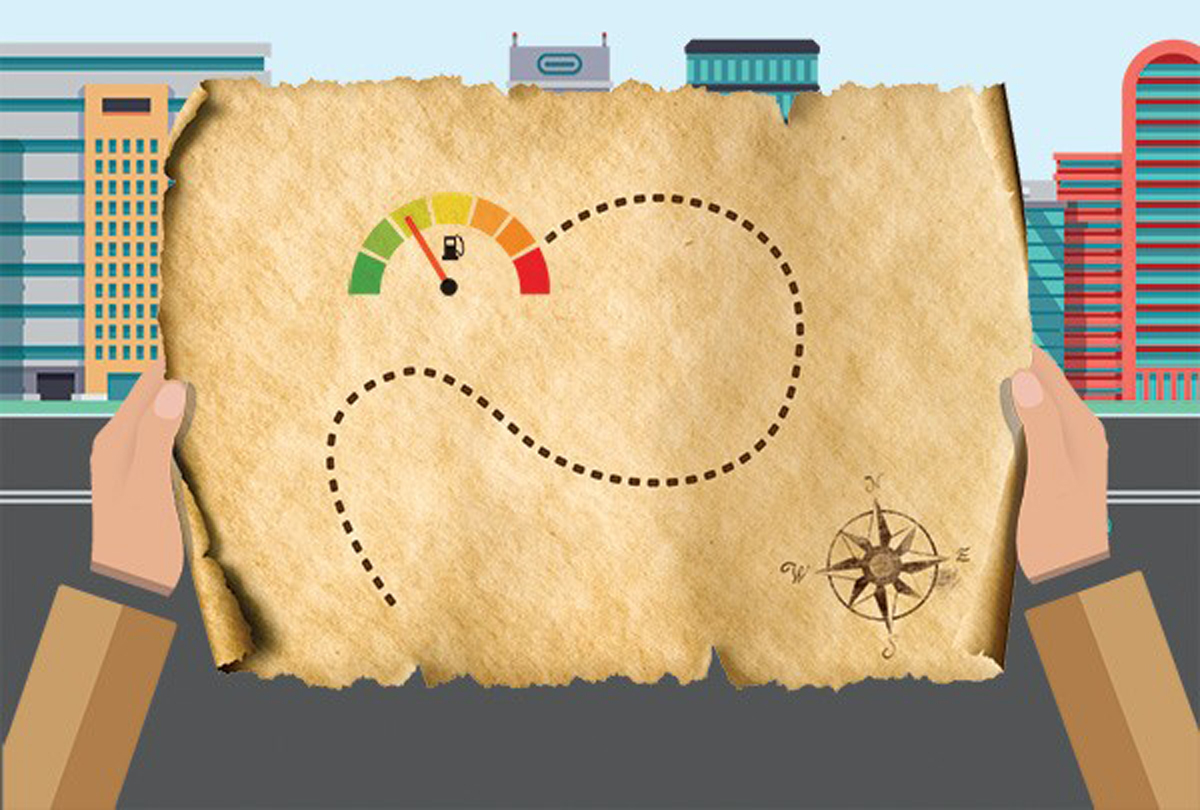
The ‘Magnificent Seven’ of cutting fuel costs – part two
Last month, we explored the issue of fuel economy and outlined the first four of our ‘magnificent seven’ approaches to reducing spend.
Here, in part two of our blog, we look at the remaining three key areas, examining how effective vehicle maintenance, improved driver behaviour and route optimisation can help fleets on their cost-cutting quest.
Effective vehicle maintenance
Taking a proactive, rather than reactive approach to vehicle care not only helps save on repairs and vehicle downtime, but can also has a positive impact on fuel spend.
Vehicles that are poorly maintained consume more fuel, so companies should implement regular checks and services to keep their vehicles – and fuel economy – in tip top shape.
Drivers should be encouraged to do daily checks on their vehicles, ensuring that oil and water levels are sufficient, inspecting components, such as the brakes, and checking for any general wear and tear.
Perhaps most importantly, monitoring tyre pressure should be a priority. Optimal pressure and grip are not only an essential safety measure, but can help improve fuel economy – with low pressure in the tyres increasing rolling resistance.
Whilst poor tyre management can reduce MPG, getting rid of unnecessary weight can boost it.
Any driver-identified issues should be flagged and dealt with at the earliest opportunity – but the value of regular, scheduled maintenance should not be overlooked.
Unscheduled maintenance incidents may mean numerous jobs must be rescheduled or transferred to another vehicle, adding to the workload and potentially the number of jobs and miles travelled.
In contrast, scheduled visits to the garage can allow for maintenance to fit around the working day, limiting disruption.
Improved driver behaviour
Improving driver behaviour is always high on fleet managers’ agendas.
But more considered driving styles not only leads to improved road safety – it is also makes for improved fuel efficiency.
Harsh braking, hard acceleration, inefficient gear use and inconsistent speeds can all contribute to a high fuel consumption. Small measures, such as driving in the highest gear when possible, refraining from revving the engine, and easing pressure on the brakes, can make a difference – particularly if the changes are en masse.
Less aggressive driving styles can also help reduce vehicle maintenance costs by minimising wear on components, such as tyres, brake pads and suspension – all of which can save fuel in the long-term.
Engine idling is another area that should be addressed. Stop-start technology is having an impact but turning off the engine when the vehicle is not in use or stationary can save more fuel – and further reduce emissions.
Companies can raise awareness and drive change through driver coaching sessions or other targeted training initiatives.
But for any substantial, sustained change to be made, driver buy-in is essential.
Companies can encourage improved driver behaviour through gamification. By leveraging technologies and introducing an element of competition, for example, through incentivised league tables, companies can give the ‘nudge’ drivers need to improve their driving technique.
Route optimisation
A key route to cutting fuel spend is planning the most efficient routes for drivers.
This can be quite a labour-intensive task, but telematics removes this burden by digitising and automating the process.
Using data derived from telematics systems, schedules can be automatically optimised, helping to minimise time on the road for drivers and cutting down on unnecessary miles travelled.
When determining the most efficient routes, everything from road conditions and vehicle type to speed limits and distance is considered.
For example, a consistent speed on a flat surface is more economical than driving at varying inclines and speeds. Therefore, a particular route may be shorter on paper, but it won’t necessarily cut fuel costs. Telematics can take the guesswork out of such decisions.
Planning can also account for expected congestion and adjustments made to reduce the amount of fuel being wasted from idling or immobile vehicles.
When delays do occur, schedules can be adapted dynamically, and jobs can be reallocated to the most appropriate drivers.
Furthermore, telematics data can provide useful insights into fuel use, so that companies can identify opportunities to save on a single vehicle or whole fleet basis.
With so many opportunities to improve fuel economy, companies have the potential to make significant savings from implementing small changes and benefitting from marginal gains. For more fleet management tips and industry opinion, follow our blog.
